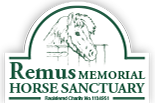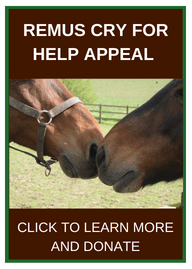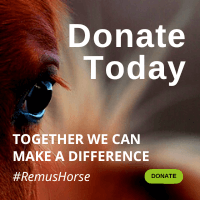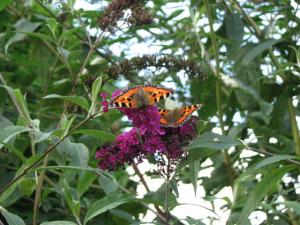
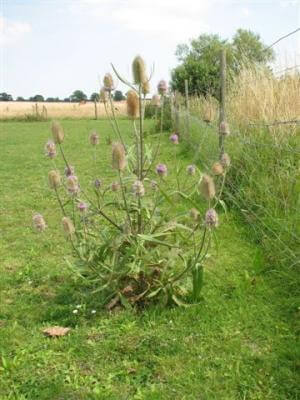
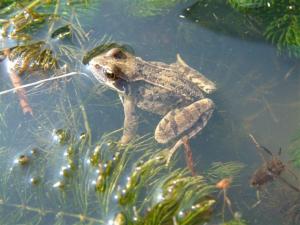
Conservation
The Sanctuary is situated on a hill overlooking miles of the lovely Essex countryside. The 40 acres that we now occupy intensively farmed and much use would have been made of fertilisers and weed killers etc. It is only fairly recently that farmers have been encouraged to set aside areas of land to benefit wild creatures and plant life and through this benefit themselves and us as the public, allowing more access to otherwise hidden treasures in terms of the countryside and the animals and plants that abound.
Since we have occupied this land there has been no use of fertiliser or weed killer so the land is effectively organic. We have many Red Listed birds on the land, Wasp Spiders, huge flocks of Field Fare resident in the winter, Kingfishers, woodpeckers and Little Egrets to name but a few.
Conservation is extremely important to us at Remus. When time and funds allow we are actively developing small areas of land and corridors of conservation and have introduced two ponds to the site wildlife. The ponds were left to develop naturally; the range of species now inhabiting them is staggering.
One of the greatest assets to any site in attracting wildlife and birds is the presence of water, and we are privileged to have the River Wid running along the boundary of the fields. Even though it causes us no end of trouble in the winter with flooding. We have seen up to five Herons at one time and another very special delight are the Kingfishers, often perching on the measuring pole adjacent to the ford looking for a tasty snack.
With conservation in mind we are actively planting trees, shrubs such as Hawthorn, Field Maple, Hazel, Beech, Blackberry and Dog Rose as our Memorial Hedgerow to encourage insects, small mammals and birds. Our own animals will benefit as they can share the bounty of berries and the shelter that will be afforded by the hedging. We offer more opportunities for you to remember your loved one here.
To the front of the Sanctuary we have our garden with its flower border and fruit trees, the blossom attracts insects for pollinating and the resulting fruit is then fed to the Sanctuary animals or made into jam to sell at our events. The border contains specially planted shrubs including Buddleia, Golden Rod and Hydrangea to encourage butterflies and bees.
Next to this formal garden we have a small area of uncultivated wild ground. And whilst this may look unkempt it is left like this quite deliberately. Again this area plays host to many insects and small mammals such as hedgehogs, field mice, voles etc, toads and frogs, the one reliant on the other for survival.
Around the fields we have established wildlife corridors. These areas are unsuitable for the grazing animals but are ideal, left wild, as habitat for creatures such as the rare Wasp Spider which we have already established on our land. We have planted teasels to encourage Goldfinch and now have a great number feeding.
We have constructed a wildlife garden in the area surrounding the larger of our two ponds, this will be left wild in parts and planted with heathers and wild flowers to encourage bees, butterflies etc to colonise the area. Large numbers of bird and bat boxes will, as funds allow be erected to further enhance the area for conservation purposes. Our barns and stables are already home to large numbers of Sparrows, Swallows and house Martins and the Mason Bees make their homes in our walls.
Conservation work is only undertaken from funds specifically raised for conservation purposes, no funds donated for the animals’ care is ever used for this work. If you would like to donate to our conservation efforts please donate here.
